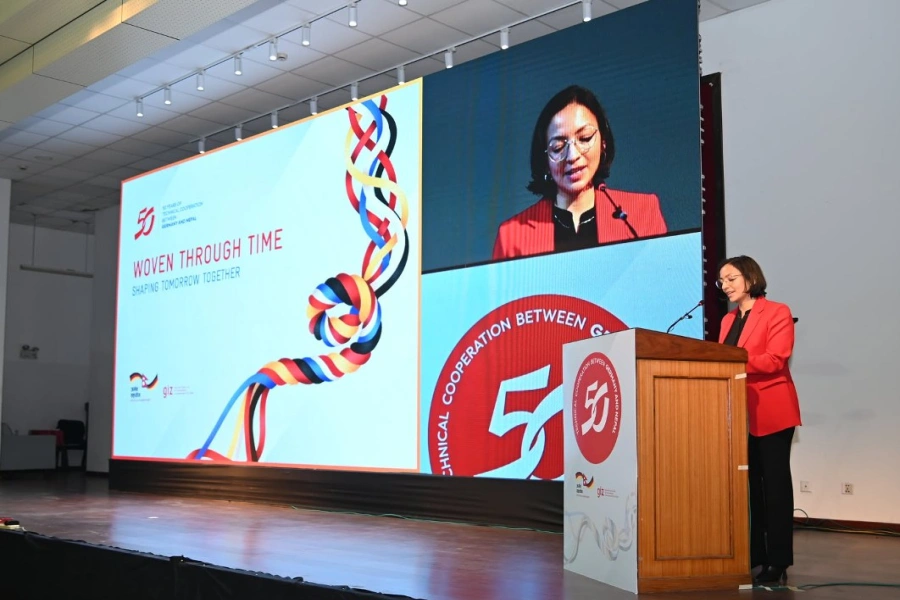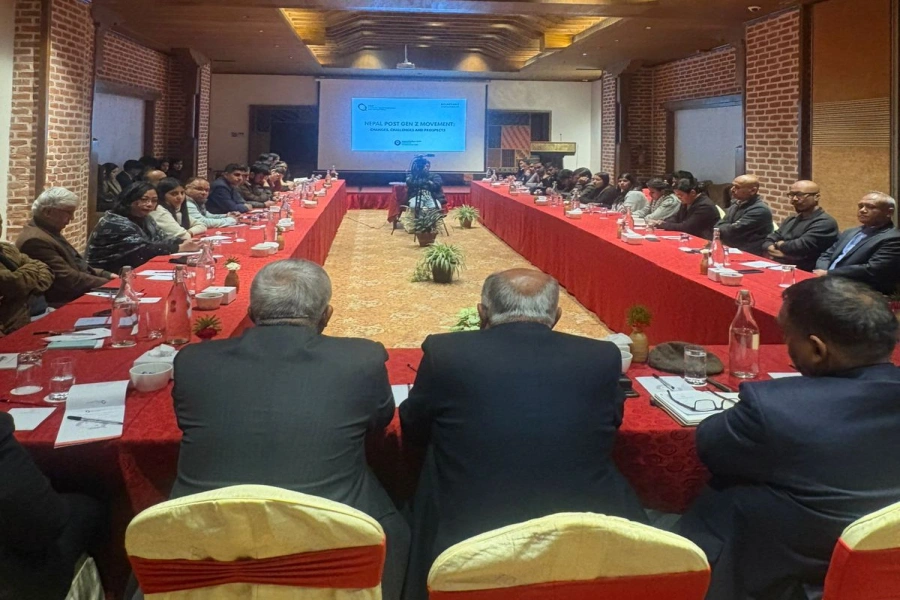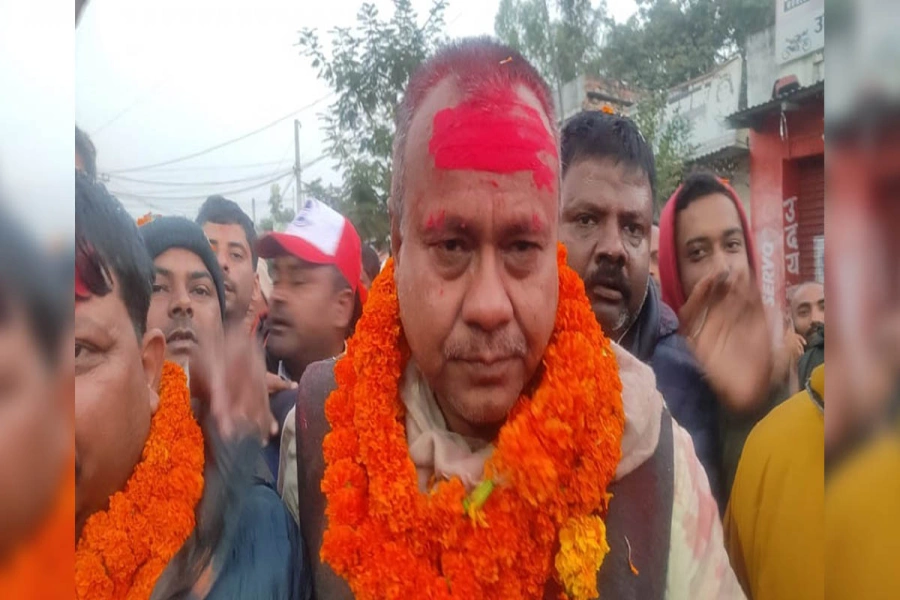KATHMANDU, Aug 25: Social media users as well as others in Nepal are taken by surprise as Indian media outlets appear to be producing and reproducing news stories about Chinese encroachment of Nepali territory on the basis of a so-called government report which the Nepali authorities have already dismissed as a fake one.
Although the fake report purportedly prepared by “the Survey Department under the Ministry of Agriculture of Nepal” was in circulation among a section of journalists since a few years ago, only a few journalists back then chose to run stories on the basis of the report. Since the so-called report was prepared by the Survey Department that was never under the agriculture ministry, it was not that difficult for most journalists in Nepal to understand that it was a fake report prepared for spreading propaganda.
This fake report came to the limelight all of a sudden shortly after Nepal objected to India’s revised political map that showed the Kalapani area on its side of the border in November last year.
Way to solve India-Nepal border dispute

While only a few media in Nepal ran stories on the basis of the fake report, Indian media outlets widely reported about it, trying to give an impression that it was not India but China that had actually encroached upon the Nepali territory. Those who ran stories about the “Chinese encroachment of Nepali territories” did not even bother to talk to the government officials concerned in Nepal to check the authenticity of the report.
Indian media outlets ran stories on the basis of the same fake report with sensational headlines that sought to demonize China and warn Nepal that it could be gobbled up by China around the time Nepal’s federal parliament unanimously endorsed the new political map that includes Kalapani, Lipu Lekh and Limpiyadhura as integral parts of Nepal. Nepal maintains that these territories historically belonged to Nepal and that it was only after the early 1960s that Nepal was forcibly denied administering these territories following India’s decision to station its army in the Kalapani region.
As the news reports based on the fake report went viral time and again in the Indian media outlets and a section of Nepali media outlets, Nepal’s foreign ministry and agriculture ministry earlier in June clarified that no such report was prepared by the Survey Department. The agriculture ministry went on to further clarify that it had not produced any such report on which the news reports were based, and that the subject matter does not fall under the ministry's jurisdiction.
While refuting the claims made by the media outlets, the foreign ministry also urged media persons to verify information from the relevant authorities before commenting on such sensitive matters which may adversely affect the relations between the two friendly neighbors. Addressing the parliament meeting, Foreign Minister Pradeep Kumar Gyawali even said that they have launched an investigation to find the ‘factory’ that produced the fake report.
But this would not stop Indian media from producing and reproducing the news again and again on the basis of the same report that the Nepali government authorities have dismissed repeatedly.
On August 22, India’s leading news agency ANI reproduced the news on the basis of the same fake report and the news was quickly picked up by a number of media outlets in India. “This long-discredited bit of news was refuted by Nepal government and the media weeks ago, but it rises in new avatars, picked up word-for-word by gullible Indian media outlets & channels - finally sourced to ANI,” tweeted senior journalist Kanak Mani Dixit, questioning the credibility of the Indian media in general.
Several other social media users in Nepal are also taken by surprise to see the Indian media insist on Chinese encroachment of Nepali territory — something the government has already refuted – and remain conspicuously silent on the encroachment that the Indian side has done in the Kalapani region about which Nepal has officially spoken and even unanimously endorsed a new political map through the federal parliament.
Senior government officials believe that this could be an attempt to run a propaganda to harm the friendly relations that exist between Nepal and China. “This is nothing but an attempt to divert the attention of Nepali people from the Kalapani and Lipu Lekh issue. If the Indian media were so generous to raise the issue of our cause, they would do a better service by raising the issue of the Kalapani region that the Indian side has encroached upon since the 1960s,” said the official, asking not to be named.







































